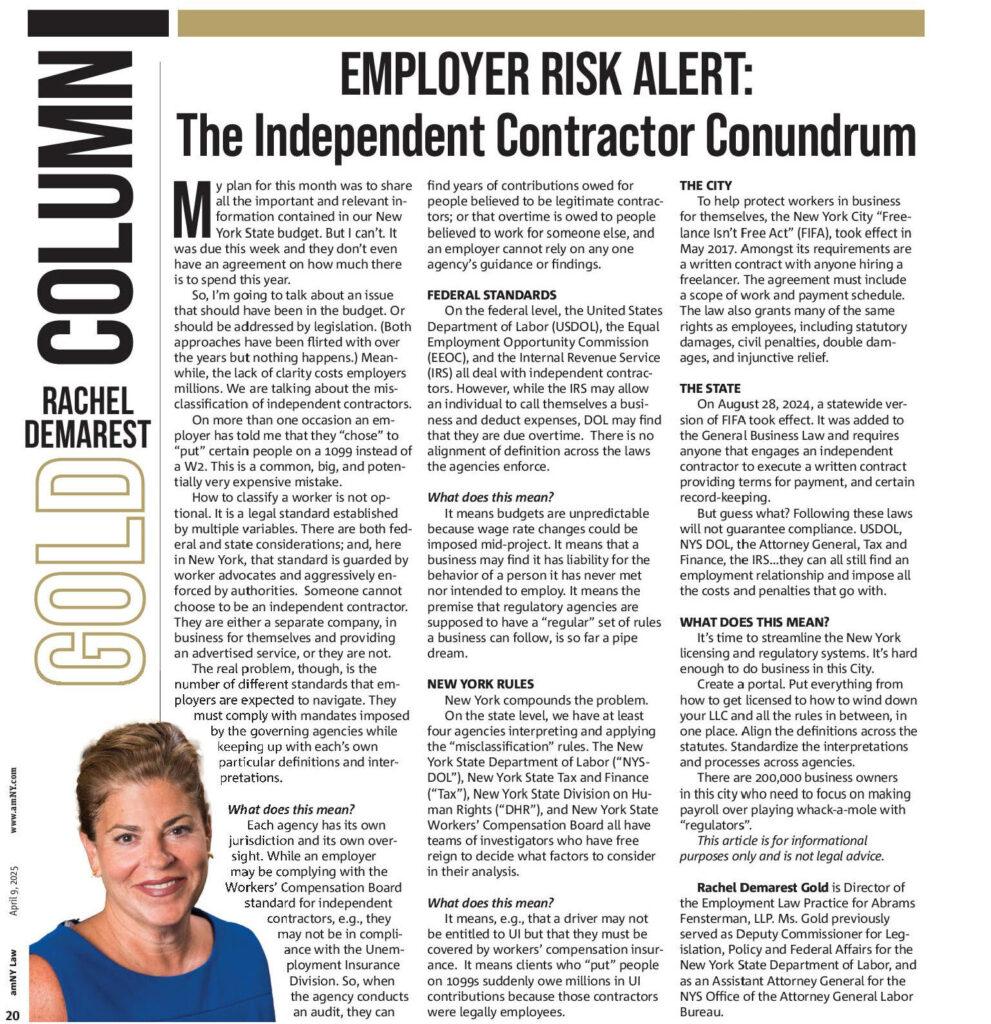A common provision in an agreement for the purchase of the assets or equity of a physician’s practice is an indemnification provision, which allows the seller or buyer to be reimbursed for any losses incurred as a result of or arising from the other party’s breach of any representation, warranty, covenant, agreement or obligation agreed to in the purchase agreement. The indemnification provision, in almost all cases, is a prerequisite to any buyer’s agreement to enter into a purchase agreement because it will provide a buyer a means to be made whole, from a financial perspective, in the event of a seller breach or default under the purchase agreement.
In either an asset or equity transaction, a buyer’s decision to purchase is largely dependent upon the selling party’s representations, warranties and covenants set forth in the purchase agreement, which are almost always more extensive than a buyer’s representations, warranties and covenants. Any failure by a seller to accurately represent to a buyer certain facts and circumstances of the practice or business, or the seller’s failure to fulfill an obligation under the purchase agreement, may result in financial harm to the buyer. The buyer could inadvertently purchase undisclosed liabilities that may become his, her or its responsibility under successor liability, or may result in the buyer overvaluing (and subsequently overpaying for) a practice or business.
While including an indemnification provision generally does not yield much, if any, resistance from either side of the table, the restrictions and content of the indemnification provision is usually a main subject of negotiation and dispute. Some of the main points of contention are: time frame within which to bring a claim for indemnification; restriction or “cap” on the amount that a seller would be required to pay in connection with a buyer claim for indemnification; the amount of any monetary set aside (i.e. escrow or holdback amount) for purposes of paying an indemnification claim; and whether a third party will guarantee any due and owing indemnification amounts.
Time frame
For most purchase agreements, the representations and warranties made by each party to the transaction to the other party are required to be true and correct at the time of the signing of the purchase agreement. Since it is common for a period of time to pass between the signing and the closing (for example, medical facilities that require approval of a sale by the state health department), the representations and warranties would also need to be true at closing.
For a certain period of time following the closing of the transaction, both the buyer and seller will be permitted to bring a claim for indemnification against the other party. In most cases, a claim for indemnification for a breach of a representation or warranty may be made within one to two years following the closing, with certain exceptions.
From a seller’s perspective, it is more favorable to have a shorter period of time within which to allow a buyer to bring a claim for breach, while a buyer would prefer a longer period of time, mainly because a buyer will be “taking over” the business of seller and will have a first-hand opportunity to discover if seller was accurate in his, her or its disclosures. In negotiating the claims window, a buyer may agree to a reduced time frame provided that, specified matters (e.g. an outstanding litigation or an uncured deficiency) are carved-out and subject to an extended period of time.
Medicare payments
For medical practices or facilities that submit reimbursement claims to Medicare, a buyer will often ask for an extended period of time to make an indemnification claim in the event of a post-closing discovery of an overpayment obligation that arose while the seller operated the practice prior to closing.
According to the Health Insurance Portability and Accountability Act of 1996, physician practices are required to maintain patient records for six years, and according to the False Claims Act, the Centers for Medicare & Medicaid Services are permitted to look-back six years for purposes of auditing overpayments by physician practices. Furthermore, in certain circumstances, third-party payors may collect overpayment obligations or liabilities of the seller that arise post-closing by decreasing any third-party payments that would be payable to the buyer for services provided by the buyer post-closing. Therefore, a buyer will want to ensure that he, she or it has an avenue within which to make a claim for reimbursement for outstanding overpayment obligations of at least a period of time as long as the statutory look-back and retention periods.
Setting a cap
While an agreement by the seller to indemnify the buyer for certain matters is a relative inevitability, the seller may want to consider proposing a limit or “cap” on the amount a buyer can be indemnified for. From a seller’s perspective, an indemnification liability should be viewed as a reduction in the purchase price paid for the seller’s business. Having an open-ended indemnification amount available to buyer could, in extreme circumstances, result in the seller receiving a net amount of zero from the transaction proceeds or even owing money to buyer.
A “cap” on a buyer’s indemnification amount is especially important because of potential overpayment obligations, which may be difficult to predict but could, in many cases, be extensive. Of course, a buyer will want a high threshold or no threshold, whereas a seller will want a lower threshold. In considering a “cap” on an indemnification amount, experienced counsel and representatives familiar with these issues should be relied on to analyze the appropriate compromise from each of the seller’s and buyer’s perspectives.
In many cases, especially in an asset sale where the selling entity will have no continuing business, a buyer will request that a certain portion of the purchase price be held back or placed in escrow for purposes of satisfying any indemnification obligations that may arise. Generally, the escrowed amount will match the “cap” on indemnification amount; however, in situations where there is no “cap” on indemnification, the escrow amount may serve as security for payment of any claims. In addition, a buyer may request that a third party guarantee any indemnification payments that a seller may be required to make. From a buyer’s perspective, this is important in asset sales where the selling entity will cease to have a continuing business post-closing.
It is strongly recommended that if you are contemplating selling your practice or purchasing a practice, that you consult with experienced transactional counsel with an understanding of the health care industry prior to entering into any contract or agreement.
Greg Stoller is partner in the Healthcare and Corporate Law departments at the New York law firm of Abrams, Fensterman, Fensterman, Eisman, Formato, Ferrara & Einiger, LLP. For more information about Mr. Stoller or the topic discussed in this article you may contact him at [email protected].
Abrams, Fensterman, Fensterman, Eisman, Formato, Ferrara & Einiger, LLP provides legal services for the health care industry throughout New York, New Jersey and Connecticut. To learn more about the firm and its practice areas please visit our site.
This was originally published on Physiciansmoneydigest.com. Distribution or re-transmission without written consent of the copyright owner is prohibited. Copyright Intellisphere, LLC.





